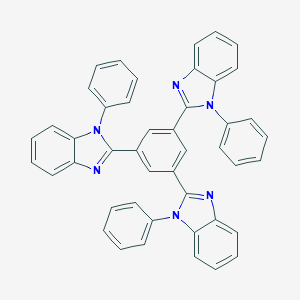The human cannabinin-like subject "Yin and Yang Double Sided" was analyzed
-
Last Update: 2020-12-09
-
Source: Internet
-
Author: User
Search more information of high quality chemicals, good prices and reliable suppliers, visit
www.echemi.com
July 6, a team of researchers from the iHuman Institute of Shanghai University of Science and Technology published important results in the journal
, which successfully analyzed the three-dimensional fine structure of the human cannabinol-like compound CB1 and the astigid-tyhydrocannabinol (THC) complex, revealing the structural characteristics and activation mechanisms of cannabinol-like agents under the control of the adigist.
G protein conjunctivation (GPCR) is the largest cell membrane surface subject family in the human body, playing a central role in the cell signal transduction process. As the darling of drug research and development, nearly 40% of the drugs on the market are currently targeted by GPCR.
GPCR has two types of licites: the active liant (excited agent) activates the subject, while the inhibitory liant (antagonist) inhibits the action of the subject activity. For different GPCR, agitants or antagonist supplements have different drug development values.
cannabinin-controlled CB1 is one of the highest expressions of GPCR in the central nervous system and is essential for mental and emotional regulation. The excitants of cannabinoid receptor CB1 have great potential in the treatment of pain, inflammation, multiple sclerosis and neurodegenerative diseases, but it is not clear how the small molecules of the agitants, such as THC, the main psychotic component in cannabis, interact with CB1 and the active mechanisms of the receptors.
iHuman team, in collaboration with the Makriyannis Laboratory at Northeastern University in the United States, successfully analyzed the three-dimensional fine structure of CB1 and two new astigid molecules. The results of the study provide a new way of thinking for the future drug design of GPCR.
last October, the iHuman Institute team first published in the journal Cell the high-resolution 3D structure of the human cannabinin-infested CB1 and an antagonist small molecule complex. Therefore, this study is not only another major breakthrough after last year, but also from the excitement and antagonists, to see the receptor's "yin and yang sides.""These results are important not only for the study of the functional mechanisms of endolytic cannabinin systems, but also for drug development for a range of diseases, such as inflammation, pain and multiple sclerosis," said Professor Zhijie Liu, deputy director of the iHuman Institute and co-author of the
paper. At the same time, the study also has very important social value on issues such as marijuana abuse and legalization. (Source: Science Network Huang Xin Li Chenyang)
This article is an English version of an article which is originally in the Chinese language on echemi.com and is provided for information purposes only.
This website makes no representation or warranty of any kind, either expressed or implied, as to the accuracy, completeness ownership or reliability of
the article or any translations thereof. If you have any concerns or complaints relating to the article, please send an email, providing a detailed
description of the concern or complaint, to
service@echemi.com. A staff member will contact you within 5 working days. Once verified, infringing content
will be removed immediately.







